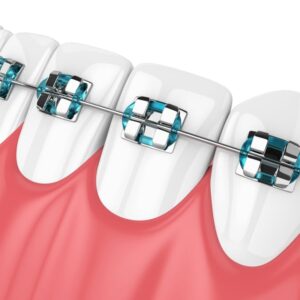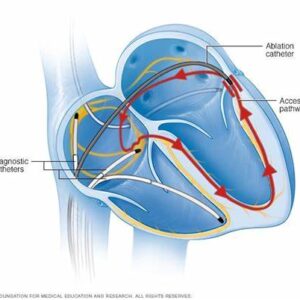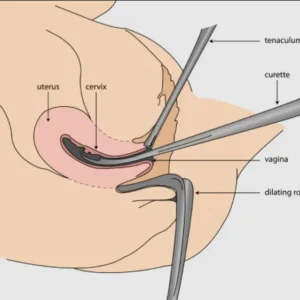Description
Familiarity with Treatment
Submucous turbinate resection is a surgical procedure aimed at addressing inferior turbinate hypertrophy, a condition characterized by the enlargement of the inferior turbinates within the nasal cavity. The procedure involves the removal of a portion of the turbinate’s inner bone to alleviate nasal obstruction and improve airflow.
Procedure
The procedure for submucous turbinate resection typically involves the following steps:
- Anesthesia: General or local anesthesia is administered to ensure the patient’s comfort during the procedure.
- Mucosal Elevation: The mucosal lining that overlies the bone of the turbinate is carefully elevated to access the underlying bone.
- Bone Removal: Enlarged portions of the bone are removed to reduce the size of the turbinate and improve nasal airflow.
- Mucosal Replacement: The lining is then replaced, and the remaining bone is repositioned to enlarge the nasal airway.
Who is it Suitable For?
Submucous turbinate resection is suitable for individuals with inferior turbinate hypertrophy that does not respond well to medical therapy. It is aimed at improving nasal airflow and alleviating symptoms of nasal obstruction.
Who is it Not Suitable For?
The procedure may not be suitable for individuals with certain medical conditions that increase surgical risks or those who are unable to undergo the necessary postoperative care. A thorough evaluation by a healthcare provider is necessary to determine the suitability of the procedure for each individual.
Advantages
- Improved Nasal Airflow: Submucous turbinate resection aims to alleviate nasal obstruction and improve airflow, leading to enhanced breathing and reduced nasal congestion.
Complications
Complications of submucous turbinate resection may include postoperative bleeding, crusting, synechiae (adhesions), and perforation of the mucosal flap. Thorough preoperative assessment and surgical planning are essential for minimizing the risk of complications.
Preoperative Care
Preoperative care for submucous turbinate resection may involve discussions with the healthcare provider to determine the most appropriate anesthesia and to assess the patient’s overall health and medical history. Patients may also receive guidance on managing expectations and potential outcomes.
Postoperative Care
Following submucous turbinate resection, patients are typically provided with specific postoperative care instructions, which may include:
- Monitoring for Complications: Patients may need to be monitored for potential complications, such as postoperative bleeding, crusting, or adhesions, and receive appropriate management as needed.
- Follow-up Appointments: Regular follow-up appointments with the surgeon to monitor healing progress, assess nasal airflow, and address any concerns or complications that may arise.
Submucous turbinate resection is a surgical procedure aimed at improving nasal airflow and alleviating symptoms of nasal obstruction.







Reviews
There are no reviews yet.